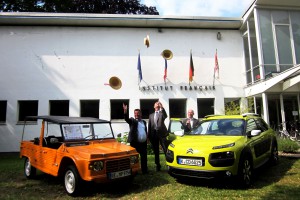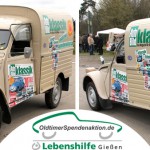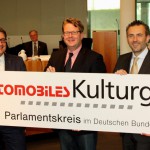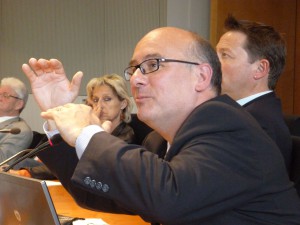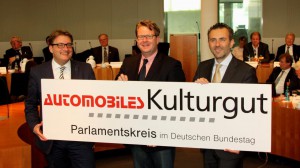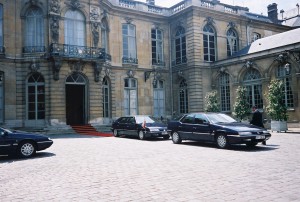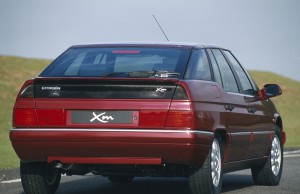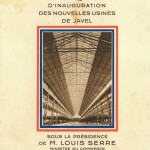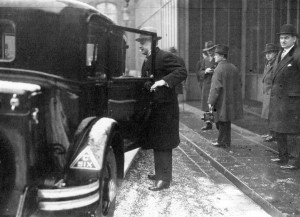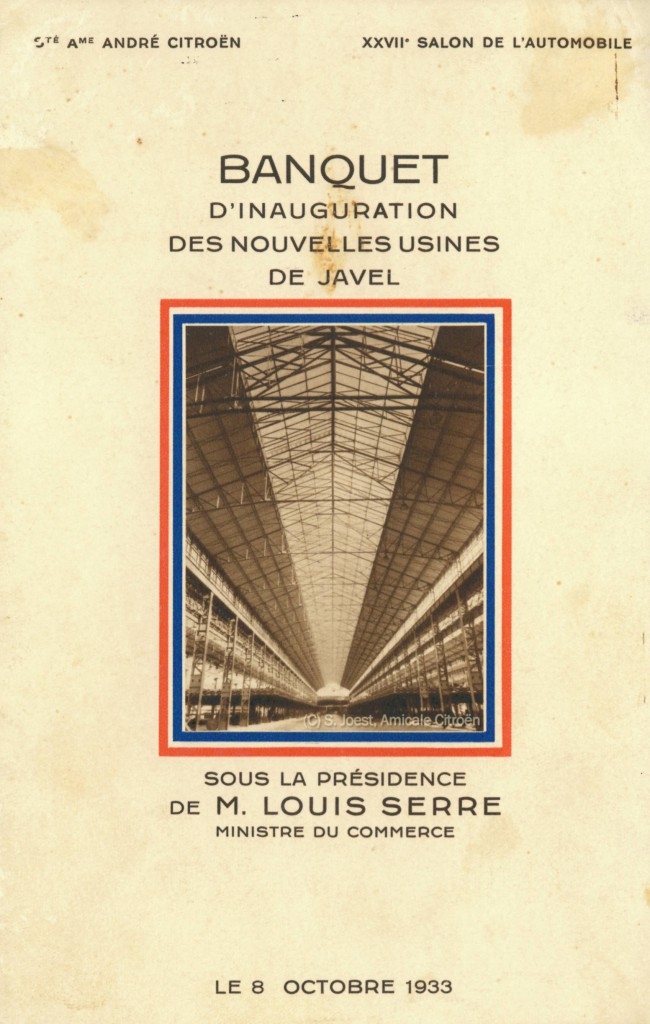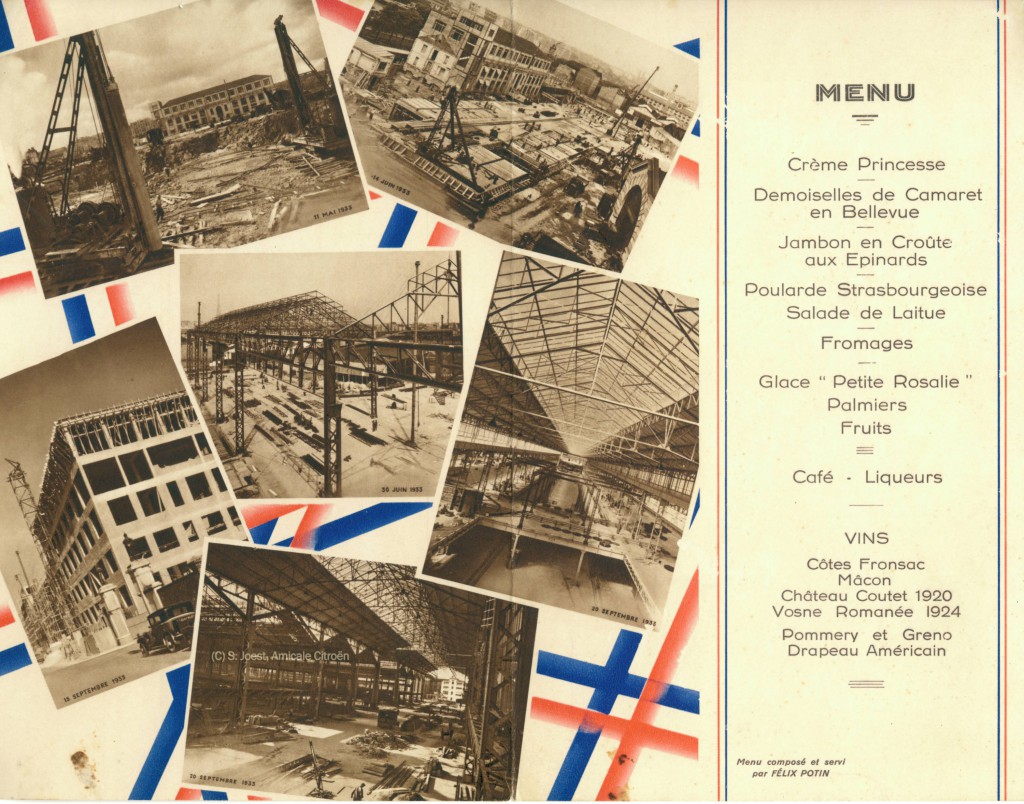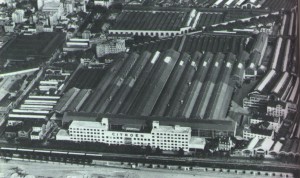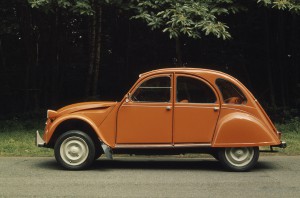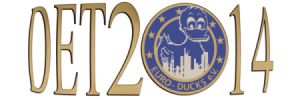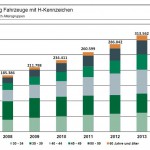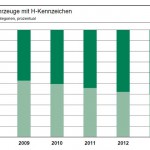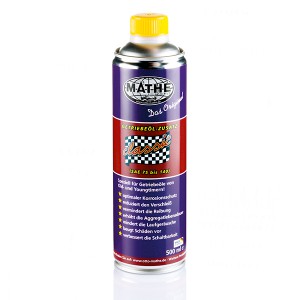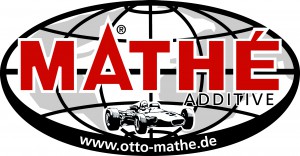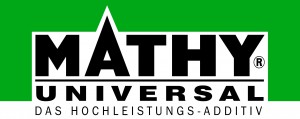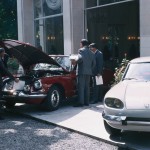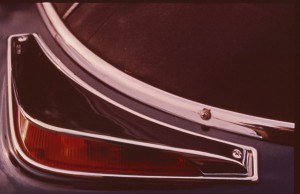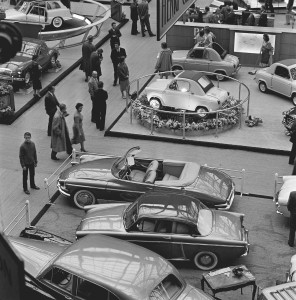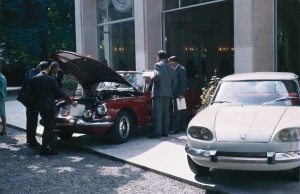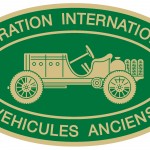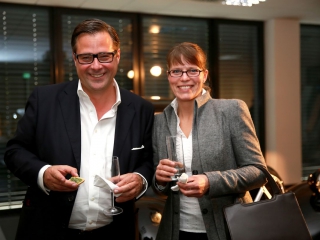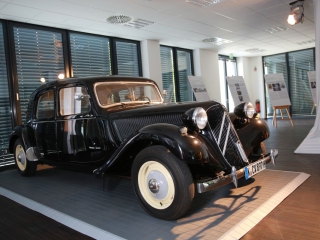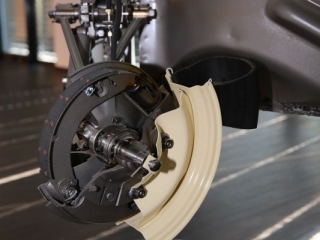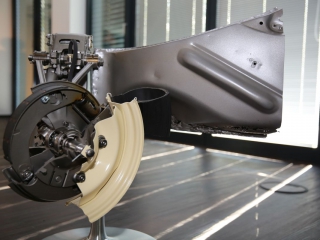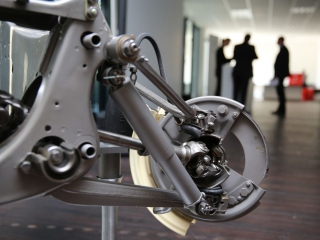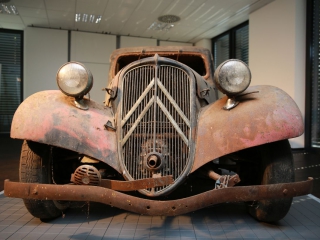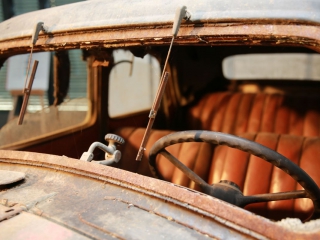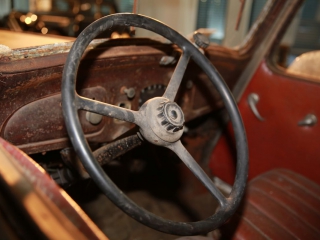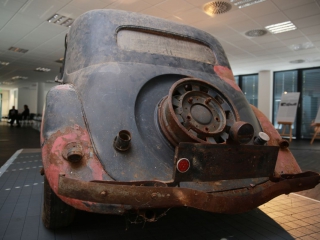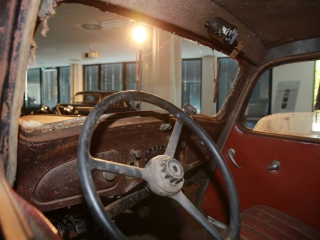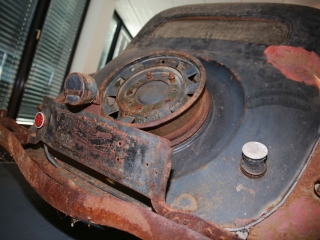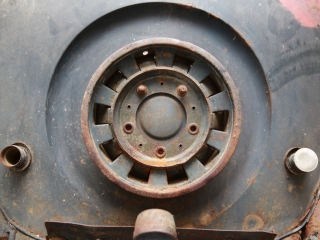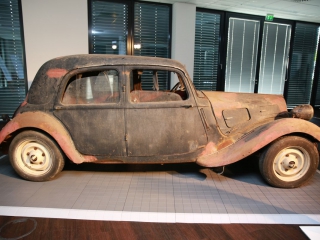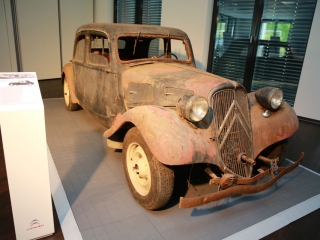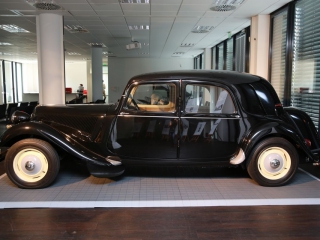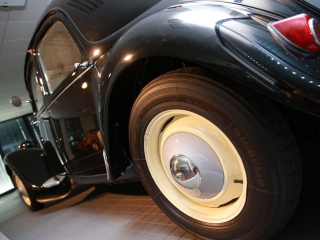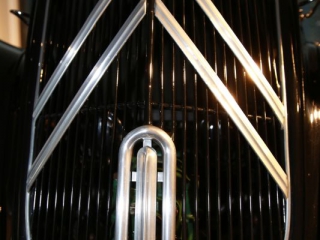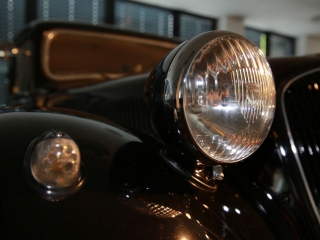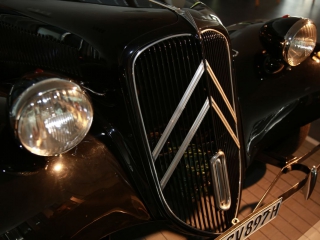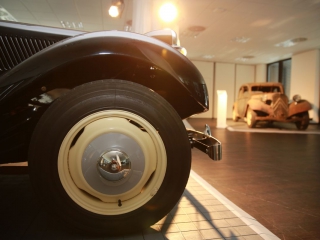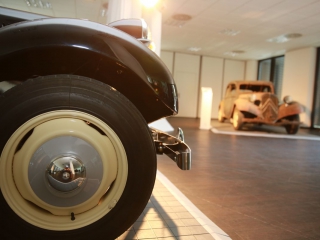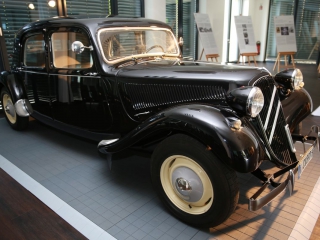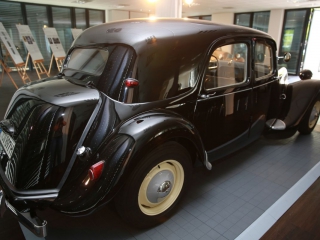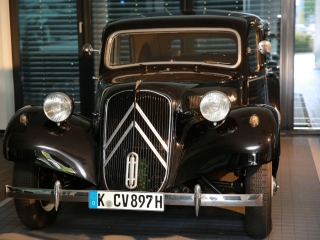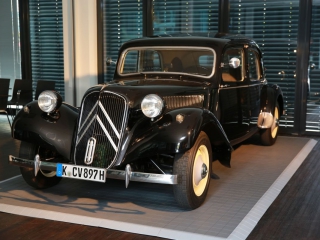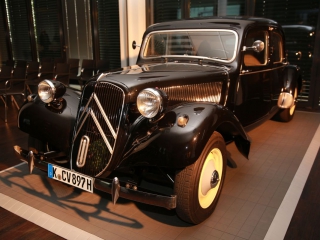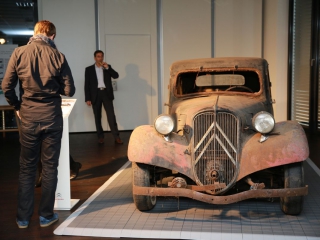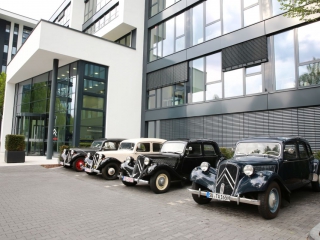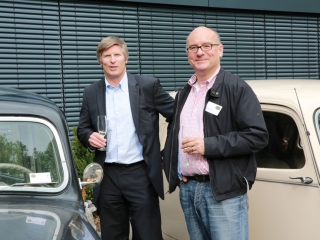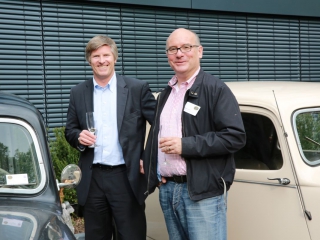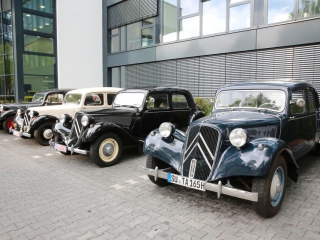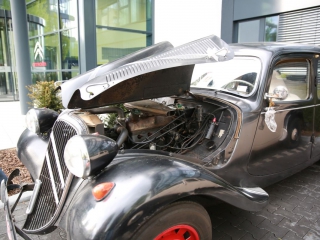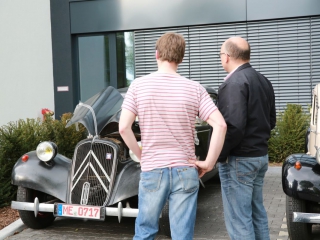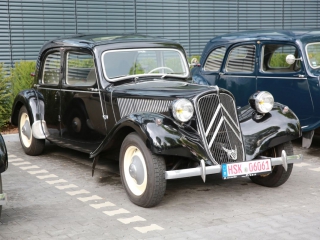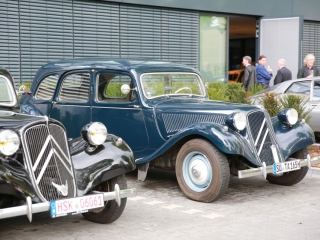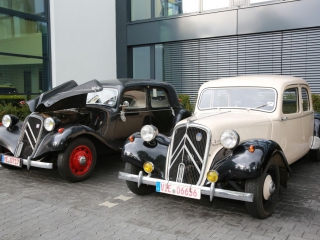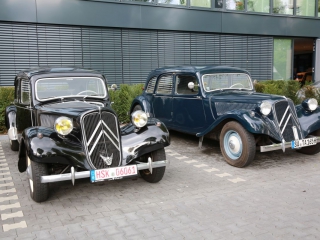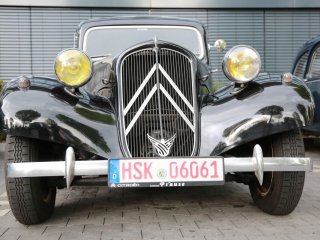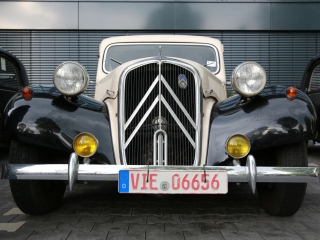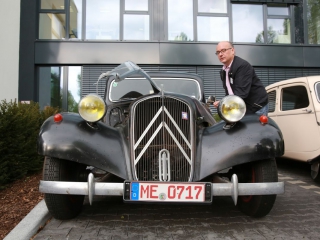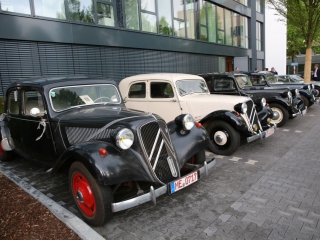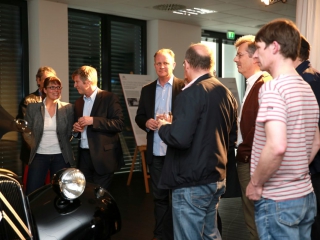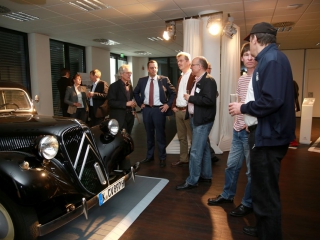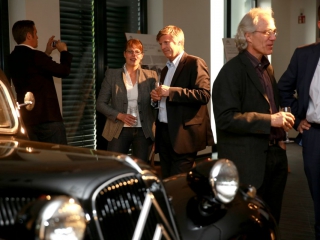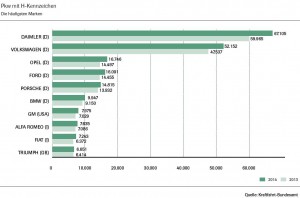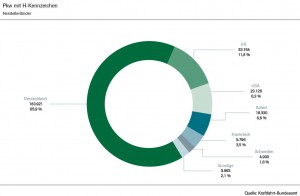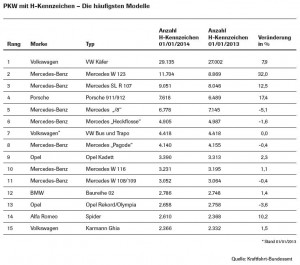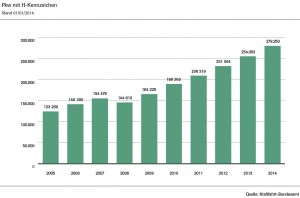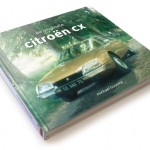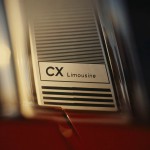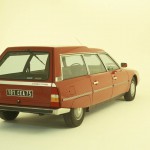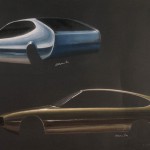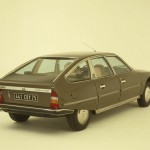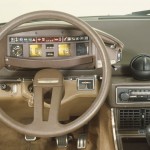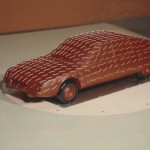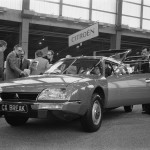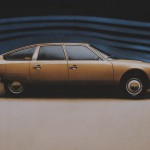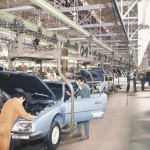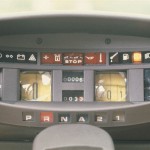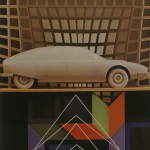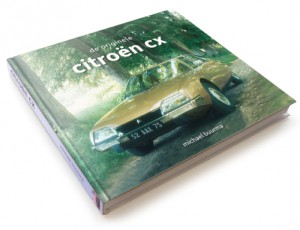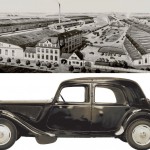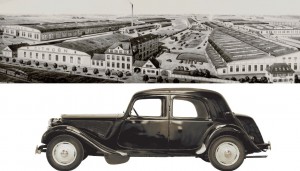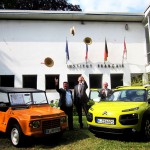
(English below)
Köln, 24. Juni 2014
Deutsch-französische Freundschaft verbindet – sogar Köln und Düsseldorf. Unter diesem Motto haben das “Institut français” und Citroën eine Initiative gestartet: Sie will für Veranstaltungen begeistern, die Ausdruck dieser gelebten Freundschaft sind – und das in der jeweils anderen Stadt.
Die Initiative startet mit einer Aktion rund um französische Automobil-Klassiker: Frankophile Kölner sind herzlich eingeladen, aktiv an der größten Rallye für französische Oldtimer mit Start in der Düsseldorfer Altstadt teilzunehmen. Im Gegenzug kommt die „Tour de Düsseldorf“ im kommenden Jahr nach Köln, und alle Kölner Bürger sind aufgerufen, hierfür einen attraktiven Picknick-Standort oder einen Ort für ein Fotoshooting vorzuschlagen.
Das Institut français Köln zeigt bis 11. Juli eine exklusive Fotoausstellung der Tour de Düsseldorf 2013. Außerdem soll im kommenden Jahr Anfang Juli eine Luftbildaufnahme mit 60 Citroën DS in der Düsseldorfer Altstadt entstehen. Der Grund: die legendäre „Göttin“ wird 2015 60 Jahre alt. Kölner DS-Fahrer sind eingeladen, daran teilzunehmen.
Zur „Tour de Düsseldorf“ starten 150 Klassiker am 5. Juli ihre Motoren im Rahmen des Düsseldorfer Frankreichfestes in der Altstadt. In diesem Jahr begibt sich die Tour auf eine rund 115 km lange Ausfahrt Richtung Baldeneysee, bei der es zahlreiche Aufgaben zu lösen, aber auch wertvolle Preise zu gewinnen gibt. Die Preisverleihung findet am 6. Juli auf dem Burgplatz in Düsseldorf statt. Veranstalter ist die Destination Düsseldorf, eine Wirtschaftsvereinigung mit rund 150 Mitglieds-Unternehmen.
Pierre Korzilius, Leiter des Institut français Köln und Düsseldorf zu der Initiative: „Das Institut français hat die Aufgabe, für die französische Sprache, Kultur und Lebensart zu begeistern. In meiner Funktion als Verantwortlicher für beide Standorte ist es naheliegend, auf attraktive Veranstaltungen mit Frankreichbezug hinzuweisen – seien sie nun in Düsseldorf oder Köln.“
Peter Wilkenhöner von Citroën, als Niederlassungsleiter ebenfalls für Köln und Düsseldorf zuständig, ergänzt: „Das Auto wird heute noch viel zu wenig als Kulturgut verstanden. Wir unterstützen in diesem Jahr erstmalig als Partner die Tour de Düsseldorf und wollen frankophilen Kölnern die Chance geben, ein Stück französischer Automobilgeschichte in Düsseldorf live mitzuerleben.“
Die Initiative umfasst im Einzelnen:
- Einladung zur Teilnahme an der Tour de Düsseldorf: Citroën stellt zwei Startplätze bei der bereits ausgebuchten Tour de Düsseldorf am 5. Juli kostenfrei zur Verfügung. Teilnahmebedingung: Die Teilnehmer müssen aus Köln sein und über einen Oldtimer eines französischen Herstellers verfügen. Bewerbungen bis 30. Juni mit Angabe zu Hersteller, Baujahr, Besonderheiten des Fahrzeugs und Foto des Oldtimers an Claus Mainka, CITROËN COMMERCE GmbH unter E-Mail: claus.mainka@citroen.com. Der Rechtsweg ist ausgeschlossen.
- Die Tour de Düsseldorf 2015 macht in Köln Station – Kölner schlagen den Standort vor: Schicken Sie Ihre Vorschläge für einen schönen Zwischenstopp während der Rallye im kommenden Jahr, z.B. für ein Picknick, Fotoshooting vor außergewöhnlicher Kulisse oder sonstige sehenswerte Orte an das Institut français: https://www.facebook.com/institutfrancaiskoeln·
- Fotoausstellung im Institut français: Zurzeit ist im Institut français Düsseldorf eine Fotoausstellung über Oldtimer des Automobilfotografen Xavier de Nombel zu sehen. Ab 24. Juni bis 11. Juli zeigt das Kölner Institut français rund 100 Fotos der Tour de Düsseldorf 2013.
- 2015 ist das Jahr der „Göttin“ – die Citroën DS wird 60. Anfang Juli 2015 soll daher am Vorabend der Tour de Düsseldorf eine Luftaufnahme von 60 Citroën DS in Düsseldorf entstehen. Interessierte DS-Fahrer, die ihr Fahrzeug für dieses Fotoshooting zur Verfügung stellen möchten, können sich ab sofort melden bei Claus Mainka, CITROËN COMMERCE GmbH unter EMail: claus.mainka@citroen.com. Bitte Baujahr angeben und Foto des Fahrzeugs mitschicken.
Das Institut français
Das Institut français Köln wurde 1952 mittels eines Vertrages zwischen der Französischen Republik und der Kölner Universität gegründet. Das Institutsgebäude, das heute unter Denkmalschutz steht, wurde von dem Kölner Architekten Wilhelm Riphahn entworfen. Ziel dieser Außenstelle des französischen Außenministeriums, damals wie heute, ist die Förderung der deutsch-französischen Zusammenarbeit in allen Bereichen. Das Institut français Köln bietet:
- eine Mediathek mit etwa 5000 französischsprachigen Büchern, darunter viele Kinder- und Jugendbücher, DVDs, CDs,
- den Bibliobus, der rund zwanzig Gemeinden in Nordrhein-Westfalen anfährt,
- Sprachkurse, die von hochqualifizierten Muttersprachlern geleitet werden,
- die Möglichkeit, Sprachprüfungen abzulegen. Das Französische Kulturinstitut Köln ist ein vom französischen Staat anerkanntes Prüfungszentrum für die Diplome DELF und DALF, sowie die Diplome der Industrie- und Handelskammer Paris,
- anspruchsvolle Kulturveranstaltungen, wie Ausstellungen, Debatten über aktuelle Themen, Konzerte, Autorenlesungen oder Filmvorführungen, die in unserem Veranstaltungssaal oder bei unseren Kulturpartnern stattfinden.
Die Marke CITROËN
CITROËN steht für Kreativität und Technologie im Dienste des Wohlbefindens. Seit 1919 ist CITROËN ein wichtiger Akteur bei der Demokratisierung des Automobils. Die Marke gibt konkrete und optimistische Antworten auf die Herausforderungen jeder Epoche. 2014 bieten die CITROËN Modelle mehr von all dem, was wirklich zählt: mehr Design, mehr Komfort, mehr nützliche Technologien, und dies alles zu überschaubaren Kosten. Die CITROËN Commerce GmbH ist der größte CITROËN Händler in Deutschland und mit Niederlassungen in Köln und Düsseldorf vertreten.
Die Destination Düsseldorf
Die 1989 gegründete Destination Düsseldorf ist eine Vereinigung von rund 150 Unternehmen, die privatwirtschaftliches Standortmarketing für Düsseldorf und Region betreiben. Mit ihren Veranstaltungen Düsseldorfer Frankreichfest (4.-6. Juli), der Oldtimer-Rallye Tour de Düsseldorf (5.-6. Juli), DD-Golf Cup (13. September), ProWein goes city (15.-17. März 2015) und Düsseldorfer Jazz Rally (21.-24. Mai 2015) zieht die Vereinigung jährlich rund 500.000 Besucher in die Stadt. Darüber hinaus bietet die Destination Düsseldorf ihren Mitgliedsunternehmen eine Networking-Plattform und setzt sich aktiv für standortpolitische Themen ein. Weitere Informationen unter: www.destinationduesseldorf.de
Die Amicale Citroën Deutschland
Auch die Amicale Citroën Deutschland engagiert sich im Frankreichfest und wird mit eigenen historischen Fahrzeugen der Amicale sowie vieler Mitglieder der deutschen Citroën-Clubs an der Rallye teilnehmen. Wir freuen uns, die Kooperation mit unterstützen zu können und wünschen schon jetzt allen Teilnehmern ein wunderschönes Wochenende in Düsseldorf!
NB:
Übrigens – wer einige Hintergründe zu der (angeblichen) Rivalität zwischen Düsseldorf und Köln nachlesen will, dem sei der Artikel in der WELT empfohlen:
http://www.welt.de/geschichte/article116703956/Die-Schlacht-die-Koeln-und-Duesseldorf-verfeindete.html
Die Kölner stellen das ihrerseits so dar:
http://www.koeln.de/koeln/koeln_und_duesseldorf__zwei_rivalen_oder_doch_nicht_545443.html
Und natürlich haben auch die Düsseldorfer u.a. diese Sicht der Dinge:
(www.duesseldorf.de, PDF)
—–
French festival in Dusseldorf – an event not to miss even for people from Cologne and beyond!
German-French friendship brings people together – even Cologne and Dusseldorf! Under this motto, the “Institut français” and Citroën have launched an initiative: Both want to inspire for events that are an expression of this lived friendship – and executed in the other city.
The initiative starts with a campaign to promote French vintage vehicles: Cologne people who own French cars are invited to actively participate in the largest rally for French car with start in Düsseldorf’s Old Town. In return, the “Tour de Dusseldorf” comes next year to Cologne, and all citizens are invited to propose an attractive picnic site or a place for a photo shoot towards the organizers.
The Institut français located in Cologne shows until July 11 2014 an exclusive exhibition of photographs of the “Tour de Dusseldorf” 2013. Moreover, we’re preparing for the coming year in early July an aerial shot with 60 Citroën DS in the city’s Old Town. The reason: the legendary “goddess” will become 60 years old in 2015. Cologne DS-drivers are invited to attend.
Within the meanwhile famous “Tour de Dusseldorf” around 150 classic cars do start on July 5th as part of the Dusseldorf French Festival in the Old Town. This year, the tour goes on a approximately 115 km long ride towards Essen & Baldeneysee region, and participants are faced by many challenges but are also able to win valuable prizes. The award ceremony takes place in Dusseldorf on July 6. Organizer is the “Destination Dusseldorf”, a trade association with about 150 member companies.
Pierre Korzilius, head of the French Institute of Cologne and Dusseldorf on the initiative: “The French Institute has the task to promote with enthusiasm the French language, culture and way of life. In my role as the person responsible for both sites, it is obvious to point out attractive events with respect France – be they in Dusseldorf or Cologne.”
Peter Wilkenhöner from Citroën Commerce, also responsible as branch manager for the Citroën sales shops in Cologne and Dusseldorf, added: “The car is still too little understood as a cultural asset. We support this year for the first time as a partner of the Tour de Dusseldorf and want Francophile Cologners give the chance to witness live a piece of French automotive history in Dusseldorf.”
The Institut français
The French Institute of Cologne was founded in 1952 by a treaty between the French Republic and the University of Cologne. The Institute building, which is a protected monument today, was designed by the Cologne architect Wilhelm Riphahn. The aim of this branch of the French Ministry of Foreign Affairs is to promote the German-French cooperation in all areas. The French Institute of Cologne offers:
- a library with about 5,000 French-language books, including many children’s books, DVDs, CDs,
- the Bibliobus, which goes to around twenty towns in North Rhine-Westphalia,
- language courses, which are run by highly qualified native speakers,
- the opportunity to take language exams. The French Cultural Institute in Cologne is a recognized by the French State examination center for the DELF and DALF diplomas, and diplomas of the Paris Chamber of Commerce and Industry,
- sophisticated cultural events such as exhibitions, debates on current topics, concerts, readings and film screenings that take place in our function room or in our cultural partners.
The brand CITROËN
CITROËN stands for creativity and technology in the service of well-being. Since 1919, Citroën is a major player in the democratization of the automobile. The brand gives concrete and optimistic responses to the challenges of each epoch. 2014 models offer the CITROËN more of everything that really matters: more design, more comfort, more useful technologies, and all this at reasonable cost. The CITROËN Commerce GmbH is the largest Citroën dealers represented in Germany and with offices in Cologne and Dusseldorf.
Destination Dusseldorf
The Destination Dusseldorf, founded in 1989, is an association of some 150 companies that operate private business location marketing for Dusseldorf and region. With their events Dusseldorf such as the French Festival (July 4 to 6), the vintage car rally tour de Dusseldorf (July 5 to 6), DD-Golf Cup (13 September), ProWein goes city (March 15 to 17 2015) and Düsseldorf Jazz Rally (21 to 24 May 2015) the Association annually attracts around 500,000 visitors to the city. In addition, the destination Dusseldorf offers its member companies a networking platform and is actively for site issues. For more information: www.destinationduesseldorf.de
Amicale Citroën Deutschland
The Amicale Citroën Germany is committed to support this event and will participate with their own vehicles as well as many members of the Amicale Citroën German clubs which are joining the rally. Some VIP visitors will be able to join the ride in two Citroën DS which were organized by us. We are delighted to be supporting the cooperation with and wish you and all participants a wonderful weekend in Dusseldorf!
